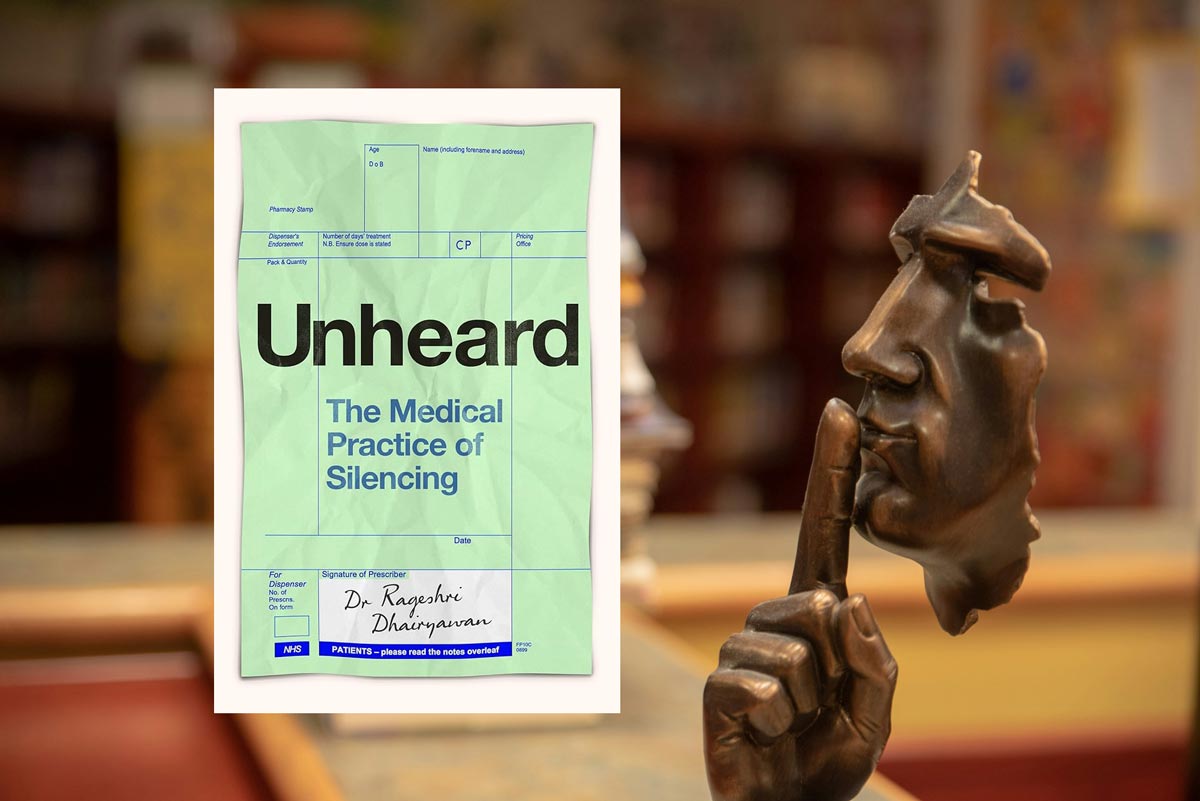
Hidden work
The work we do when not seeing patients has many names, but hidden work seems to be the prevailing choice. This work is not routinely measured or recorded but occupies almost as much time as planned direct patient contact. The authors of this ethnographic study1 suggest the term hidden care work to ‘more accurately reflect the care-ful nature of this work’ and ‘elevate [it] from the administrative’. Three broad categories of hidden care work were identified: diagnosis and treatment, for example, managing results and referrals; supporting patients to navigate health/illness/the system, for example, writing letters of support; and internal systems and regulatory processes, for example, dealing with complaints. This work was often completed outside of expected hours and was associated with clinical uncertainty and feelings of inefficiency. The tension between providing good clinical care and the need for self-care and manageable hours was pronounced. Based on this, the upcoming collaborative study to further quantify hidden work highlighted in our May issue is certainly timely.2
Inhaler use
Short-acting beta-agonists (SABAs) are the most commonly prescribed inhalers in England, of which 94% are pressurised metered dose inhalers (pMDIs).3 SABA overuse, defined as at least three inhalers per year, is associated with poor outcomes in asthma. To try to reduce patient and environmental harm associated with SABA overuse, in 2022/2023 the Investment and Impact Fund rewarded primary care networks that reduced the proportion of asthma patients overusing SABA and mean carbon emissions per inhaler prescribed. Did this work? Sort of. Total SABA prescribing remained unchanged and inhaled corticosteroid prescribing increased only very slightly (2%, P = 0.05) but prescriptions of Salamol, a lower-emission pMDI than Ventolin, increased significantly, going from 5% to 19% of total SABA prescriptions.3 Why Salamol was chosen over lower-emission dry powder inhalers is unclear, but something is better than nothing in green prescribing progress.
Step counts
There are few worse ways to get your step count up than a day of sedentary consulting (other than a day writing journal columns perhaps), but does this matter and is 10 000 the right number to aim for? This Japanese study used data from almost 5000 participants to assess whether daily step counts were associated with healthy life years, measured by activity limitations in daily living and self-assessed health.4 The study sample had a median age of 60 years and median daily step count of 5650. An increase in daily step count was significantly associated with less activity limitation and better self- assessed health at thresholds of 9000 and 11 000 steps, respectively, regardless of age, so the authors propose these as targets to ‘prolong healthy life’. This was an observational study so we can’t draw any causal inferences, but it’s a little more evidence that 10 000 steps a day is about right.
Appendicitis and colorectal cancer
To explore a possible link between appendicitis and colorectal cancer, this retrospective cohort study in Germany compared almost 25 000 adult patients diagnosed with appendicitis to a matched cohort without appendicitis from 2005–2021.5 After a follow-up period of up to 15 years, 1.04% of the appendicitis cohort were diagnosed with colorectal cancer, of which almost half were diagnosed within 12 months of the index event. Of the non-appendicitis cohort, 0.60% were diagnosed with colorectal cancer, giving a hazard ratio of 2.51 (95% confidence interval = 1.83 to 3.45). This difference was mainly due to cancers close to the appendix including 34 cases of appendiceal cancer, which accounted for almost a quarter of cancers detected in patients with appendicitis. Cause and effect can’t be teased apart and the absolute risk difference is small between groups with low case numbers, but the authors still recommend offering a colonoscopy or stool test to adult patients within 12 months of a diagnosis of appendicitis.
References
1. Barnard R, Spooner S, Hubmann M, et al. The hidden work of general practitioners: an ethnography. Soc Sci Med 2024; 350: 116922.
2. Woolford SJ, Watson J, Reeve J, Harris T. The real work of general practice: understanding our hidden workload. Br J Gen Pract 2024; DOI: https://doi.org/10.3399/bjgp24X737061.
3. Crooks MG, Cummings H, Morice AH, et al. Reducing short-acting beta-agonist use in asthma: impact of national incentives on prescribing practices in England and the findings from SENTINEL Plus early adopter sites. NPJ Prim Care Respir Med 2024; 34(1): 6.
4. Nishi M, Nagamitsu R, Matoba S. Association between daily step counts and healthy life years: a national cross-sectional study in Japan. BMJ Health Care Inform 2024; 31(1): e101051.
5. Steffes S, Kostev K, Schattenberg JM, et al. Elevated colon cancer rates linked to prior appendicitis: a retrospective cohort study based on data from German general practices. J Clin Med 2024; 13(8): 2342.
Featured photo by Arek Adeoye on Unsplash.








